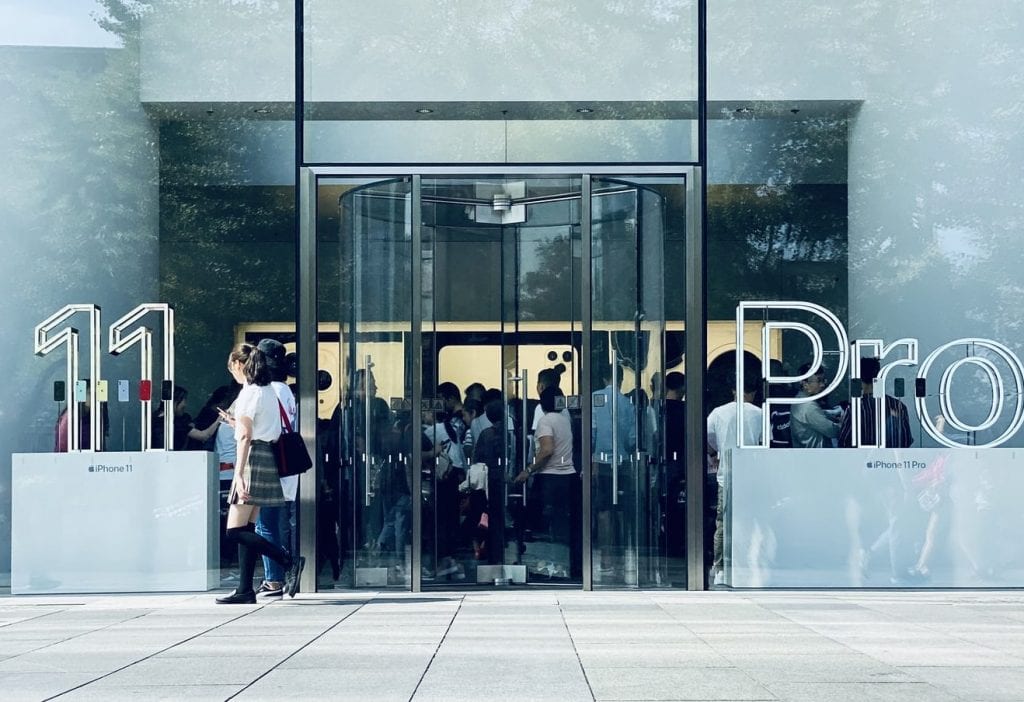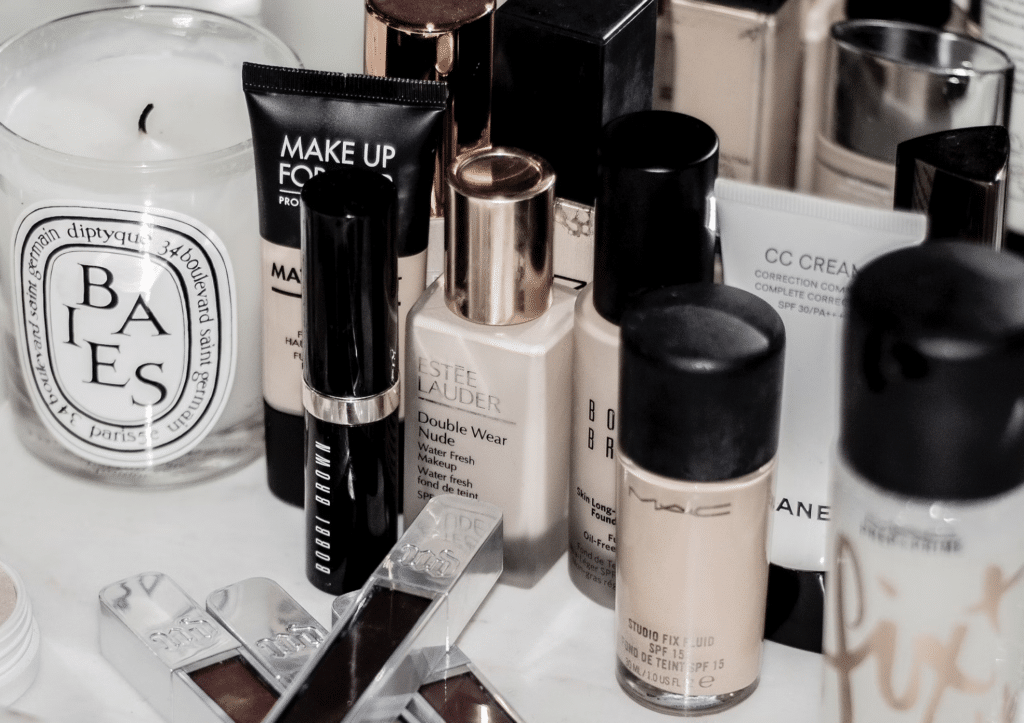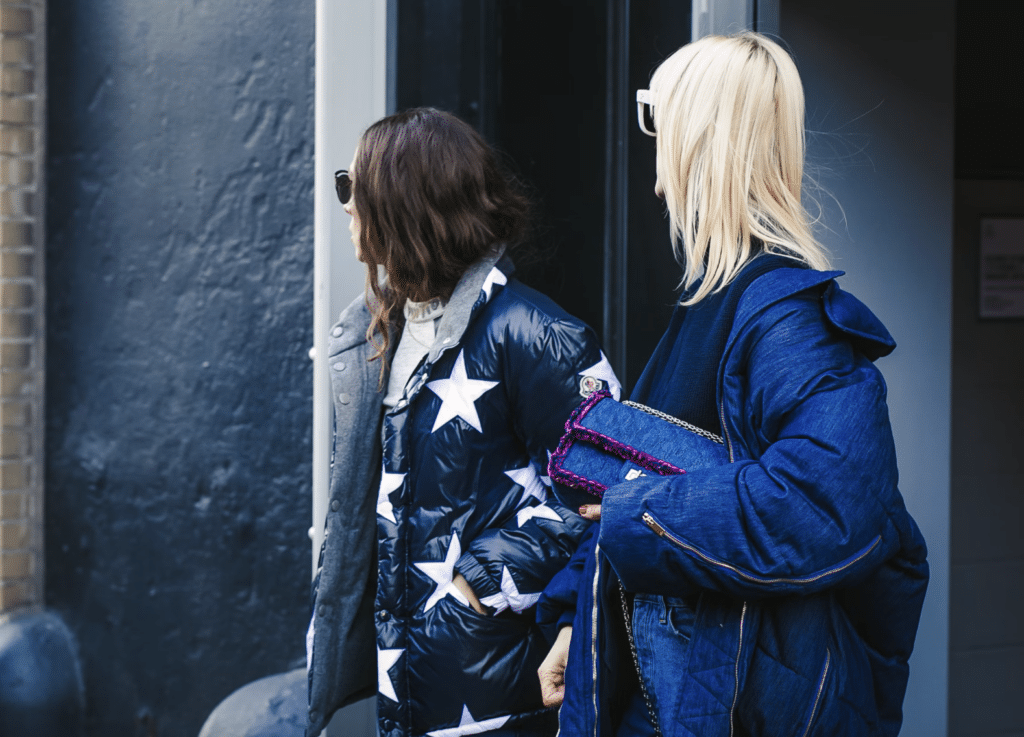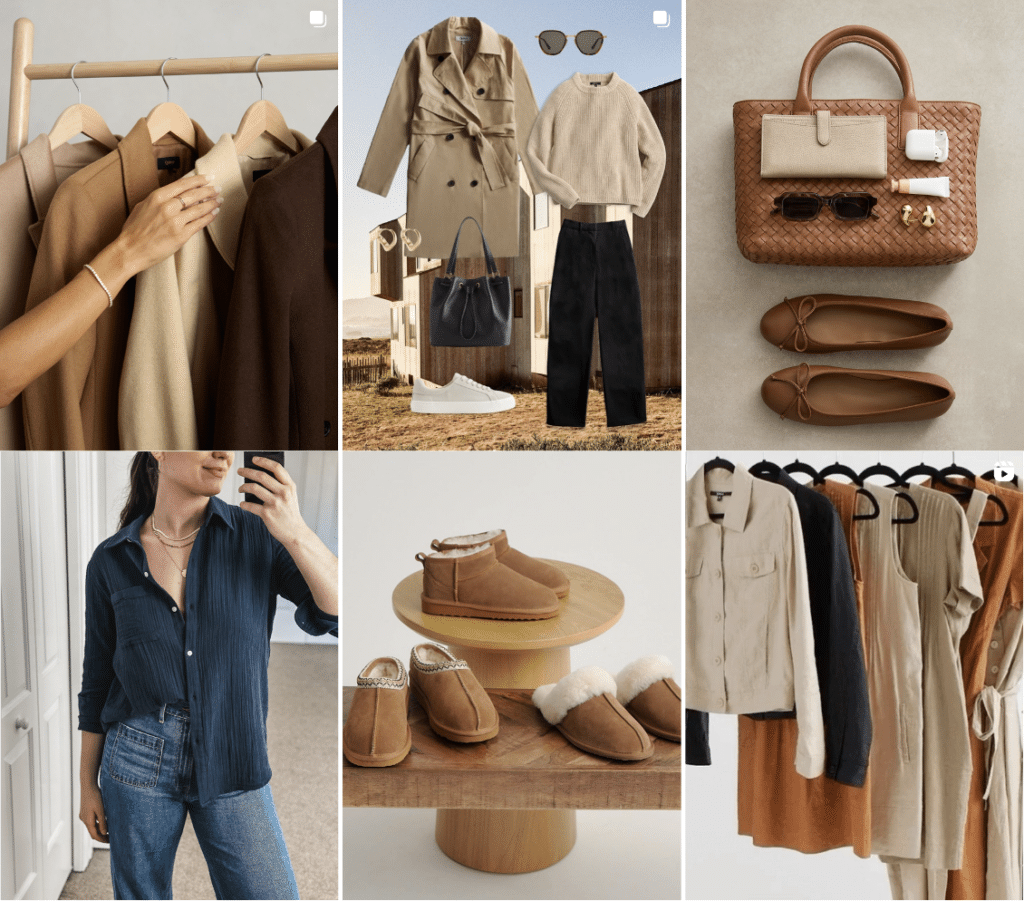In 2010, Apple filed some interesting applications with the U.S. Patent and Trademark Office (“USPTO”). The Cupertino, California-based tech giant was not looking to expand its arsenal of trademark registrations for its name or its apple logo, or for the various product names or even the source-indicating designs of its phones or computers. The company was looking to amass federal protection for “the design and layout of a retail store.”
Not just any store, Apple was claiming rights on a store that “features a clear glass storefront surrounded by a paneled facade consisting of large, [and] rectangular horizontal panels over the top of the glass front.” Inside of the store, Apple specified “rectangular recessed lighting units,” “cantilevered shelves, and rectangular tables arranged in a line in the middle of the store parallel to the walls and extending from the storefront to the back of the store,” among other things, as part of the protected design.
In one of the three store design-specific applications, all of which were ultimately registered by the USPTO, Apple went so far as to specify – and thus, claim – colors in connection with the aforementioned layout, such as “light brown” shelves and “light brown rectangular tables,” noting that “the colors and placement of the various items are considered to be part of the overall mark.”
The applications, while certainly not your average word mark or logo, were not entirely surprising if you consider that Apple’s “store design was of great interest to the company’s former CEO, the late Steve Jobs,” as Reuters reported. Similarly, such claims of protection were not unheard of at the time, as more than a decade prior, the U.S. Supreme Court held that the distinctive decor and open kitchen layout of restaurant chain Taco Cabana’s outposts was protectable.
While Apple is famous for looking to protect the distinctive elements of its products, as well as those of its sweeping network of brick-and-mortar stores (right down to the drawers and planters), other retailers have also looked to trade dress for protections of their store layouts.
Around the same time as Apple filed its trademark applications, Stuart Weitzman revealed its first-ever Zaha Hadid-designed flagship, and filed an application with the USPTO (and was granted a registration) for the “three dimensional trade dress of the interior design of a retail store with a color white ‘ribbon’ pattern traversing walls and making up the design of tables, counters, and chairs, and the color white background covering the walls, ceiling and floor.”
Since then, creative and/or distinctive store layouts continue to be a distinguishing feature for consumers (and thus, for brands), which has prompted companies to seek various types of protection for the elements of their store designs, and to call foul when others get too close with their own in-store layouts, which is precisely what Yves Saint Laurent argued in the 2016 case it filed against Zadig & Voltaire.
KIKO Milano v. Wycon Cosmetics
A recent decision from the Supreme Court of Italy is worth noting in light of companies’ enduring pushes for store-specific protections, as the court held that the layout and design of the stores of cosmetics brand KIKO Milano can be protected by copyright law. The case got its start after KIKO filed suit against rival cosmetics company Wycon, which it argued was unfairly co-opting the design of its stores, which consist of an open space entry way, walls lined in plexiglass storage boxes, curved islands in the center of each store, and a color scheme of white, black and purple.
Following two favorable decisions for KIKO, in which the district court and the court of appeals held that its store design could be protected by copyright as a work of architecture, Waycon appealed.
Seeking Supreme Court intervention, Wycon argued that such protection was inappropriate, given that a store layout differs from architecture, namely because a layout is not incorporated into a building and is not a permanent structure. Beyond that, Wycon asserted that each element of the layout should be considered individually and must meet the copyright requirement of “artistic value,” which was not the case here.
Affirming the lower court’s decision, the Supreme Court determined that the way “the various elements” – and the interior design – “of KIKO’s shop layout are combined, coordinated and assembled” is, in fact, protectable under copyright law as a work of architecture, a “significant decision for brand owners currently active in the Italian market and who consider their store layout to be original and creative,” according to Mason Hayes & Curran LLP’s Gerard Kelly.
More than that, Kelly says that in light of the “recent decision of the Court of Justice of the European Union in Cofemel (C-683/17), where copyright protection was accepted for articles of clothing if they were the creator’s own intellectual creation, it is likely that the KIKO decision on store layouts will be endorsed in other EU countries in due course.”
At the same time, K&L Gates LLP’s Serena Totino and Georgina Rigg claim that the decision “provides an interesting point of view on unfair competition under European law,” noting that “the Court of Appeal of Milan will now have to consider the issue related to the behavior of competitors, including choosing similar sale assistants’ uniforms, comparable look and feel of single products, packaging and bags as well as analogous marketing campaigns.”
Brick-and-Mortar Going Forward
COVID-19 is significantly impacting how and where consumers shop, and accelerating e-commerce usage at previously unexpected rates. However, prior to the onset of the global health pandemic (and despite the pre-pandemic rise in e-commerce adoption by brands and usage by consumers), consumers were doing a significant amount of their shopping in brick-and-mortar stores. In fact, as First Insight stated in a March 2019 report, 71 percent of consumers typically spend more per in-store purchase than they do online.
The pandemic has certainly accelerated online consumption among consumers across the board, and as McKinsey asserts, the longer the crisis lasts, “the greater the likelihood that online and omnichannel purchasing will become the next normal.” Given that states and cities across the globe are engaging in various stages of re-opening of non-essential businesses, Wharton fellow Denise Dahlhoff says that retailers will now have to work hard “to lure customers back [into stores],” and most immediately, “that requires making people feel safe in stores.”
After this initial (and enduring) re-opening task, brands will also have to make their stores worth consumers’ while, making “unique in-store experiences” – which very well may include creative and/or distinctive (i.e., copyrightable and/or trademark-centric) elements of a store’s layout – “even more critical than it has been to drive traffic, facilitate the omni-experience, and improve profitability,” per McKinsey. And with that in mind, the protectability of such layouts will likely continue to be a relevant consideration for brands even as e-commerce continues to grow.













